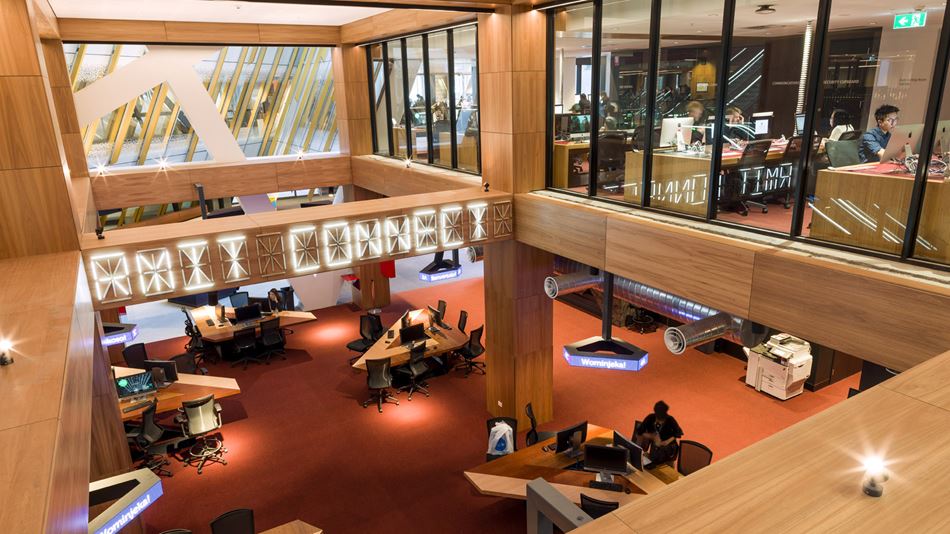 Kate Adlington
Global Press Office,London
Kate Adlington
Global Press Office,London
A new Arup report calls for a rethink of the design and operation of higher education facilities to prepare for a new era of learning, one that remains viable as budgets decline yet pressure mounts to deliver exceptional experiences.
These changes are needed as the student body becomes more diverse and has greater expectations. Higher education facilities are shifting away from solely focusing on the young before they begin their careers to supporting older workers updating their skills, as they keep abreast of technological innovations.


